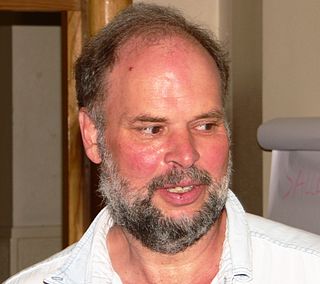Early life and education
Born in 1948, Tallon was educated at Mount Albert Grammar School in Auckland from 1962 to 1966. [2] After a BSc(Hons) at the University of Auckland, he undertook doctoral studies at Victoria University of Wellington under Stuart Smedley and Bill Robinson, completing his PhD in chemistry in 1976. [3]
Mount Albert Grammar School is a semi co-educational state secondary school in Mount Albert in Auckland, New Zealand. It teaches students in year levels 9 to 13. As of March 2019, Mount Albert Grammar School is the second largest school in New Zealand, behind Rangitoto College.

Auckland is a city in the North Island of New Zealand. Auckland is the largest urban area in the country, with an urban population of around 1,628,900. It is located in the Auckland Region—the area governed by Auckland Council—which includes outlying rural areas and the islands of the Hauraki Gulf, resulting in a total population of 1,695,900. A diverse and multicultural city, Auckland is home to the largest Polynesian population in the world. The Māori-language name for Auckland is Tāmaki or Tāmaki-makau-rau, meaning "Tāmaki with a hundred lovers", in reference to the desirability of its fertile land at the hub of waterways in all directions.

The University of Auckland is the largest university in New Zealand, located in the country's largest city, Auckland. It is the highest-ranked university in the country, being ranked 85th worldwide in the 2018/19 QS World University Rankings. Established in 1883 as a constituent college of the University of New Zealand, the university is made up of eight faculties; these are spread over six campuses. It has more than 40,000 students, and more than 30,000 "equivalent full-time" students.






